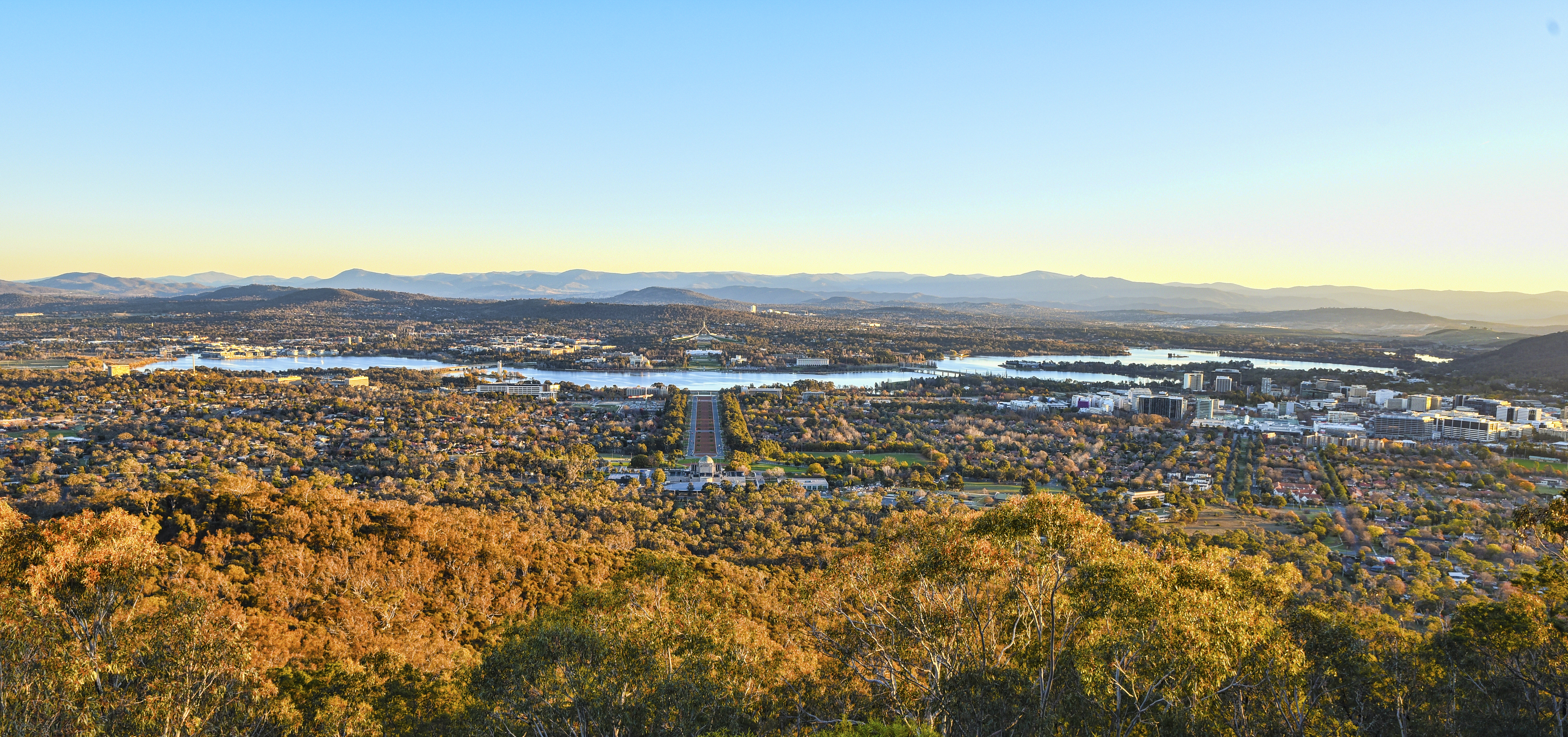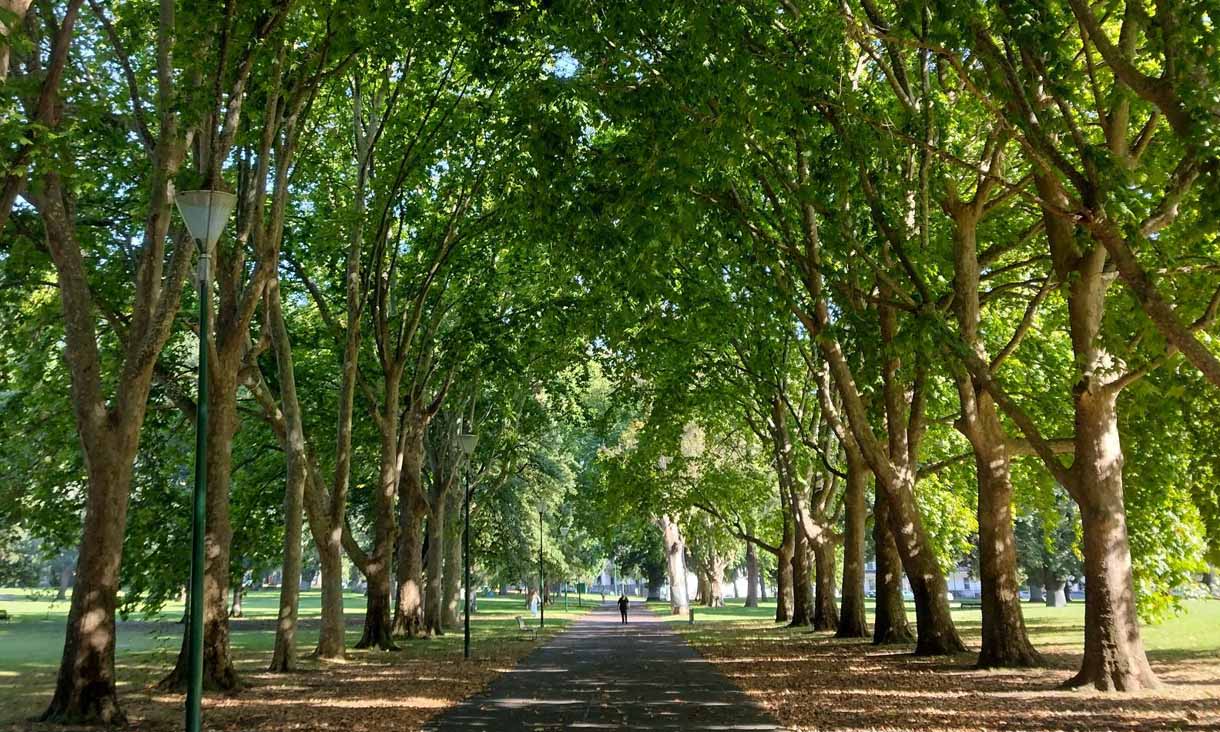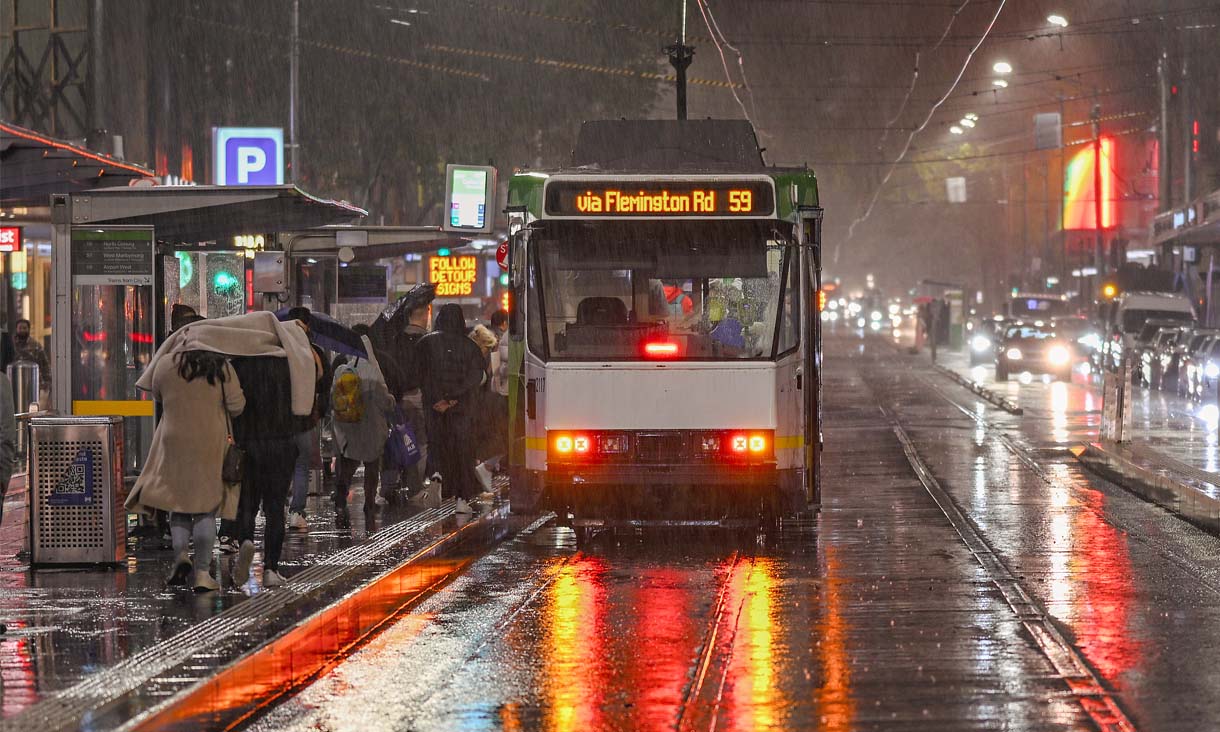Examining Australia’s historical patterns of decentralisation over the last 100 years, researchers from RMIT, Monash and the University of Melbourne suggest the answer to creating successful new cities could lie in our very own backyard – Canberra.
Canberra was built from the ground up in the early 1900s, and its success lies in long-term cross-institutional support to build a new urban centre in regional Australia.
Fast forward to today, and the nation’s capital is earning a reputation for its vibrant dining scene and its share of Australia’s cultural attractions and was ranked among the world’s hottest travel destinations, claiming third place in Lonely Planet’s Best in Travel 2018 list.
A new report, Balancing Victoria: Prospects for Decentralisation, assessed the prospects for a formal decentralisation program in Victoria and identified eight principles essential to new city creation and disbursing growth to these areas.
These included:
- Strong government commitment
- Community buy in
- Infrastructure design focused on sustainability
- Bipartisan agreement from both Australian and Victorian governments
The report’s release comes after recent discussions from Indonesian president Joko Widodo to move the country’s sinking capital from Jakarta to the lush island of Borneo. Jakarta is known for its traffic chaos, pollution and lack of green spaces.
Report co-author, RMIT Deputy Pro Vice-Chancellor, Research and Innovation, Professor Ralph Horne said Victoria would have a strong chance in achieving vibrant, ultra-modern and highly sustainable new cities if governments delivered even six of the eight recommended principles.
“There is a common presumption that decentralisation in Victoria has failed due to a plethora of policy proposals that have never been followed through, from the Whitlam years to last year’s Victoria Future State discussion paper,” Horne said.
“But that’s not true – decentralisation has never been given a chance to succeed because it’s always looked at in isolation.
“Decentralisation needs to be integrated into a wider, long term network of policies on affordable housing, accessible transport, high speed rail, and long-range economic planning to be successful.
“Most importantly, it needs bipartisan support. It can’t be treated as another political football.”
Canberra was a patch of earth when it famously chosen as Australia’s capital city for its midway location between Sydney and Melbourne in 1906.
Horne said Canberra succeeded because of strong and consistent backing across the community.
“New cities are often vilified for not being ‘authentic’ enough, dismissed as areas for those who can’t afford the capital cities, or criticised for lacking culture,” he said.
“Canberra now boasts a strong community and culture with state-of-the-art infrastructure.
“Victoria planners and governments can learn a lot from the Canberra model, particularly the government commitment and community buy in as the way to build successful cities.
"Like trees over time turn into forests, cities too need time to grow into their own lush and vibrant ecosystems."
Sponsor of Balance Victoria, which commissioned the paper from RMIT, Jay Grant said the new report was an important contribution to Victoria’s decentralisation conversation.
“Interrogation of historical attempts at decentralisation and a prescient reminder of the key values and goals needs to remain front-of-mind for any planned decentralisation effort,” he said.
“A decentralisation program for our state can develop a Victorian super-region that offers a single jobs market and agglomerated economic base that can compete with the major centres and regions in the Asia Pacific.
“This is a real opportunity for our state and our nation, if we plan for and manage it effectively.”
For media enquiries, please contact RMIT Communications: 0439 704 077 or news@rmit.edu.au




